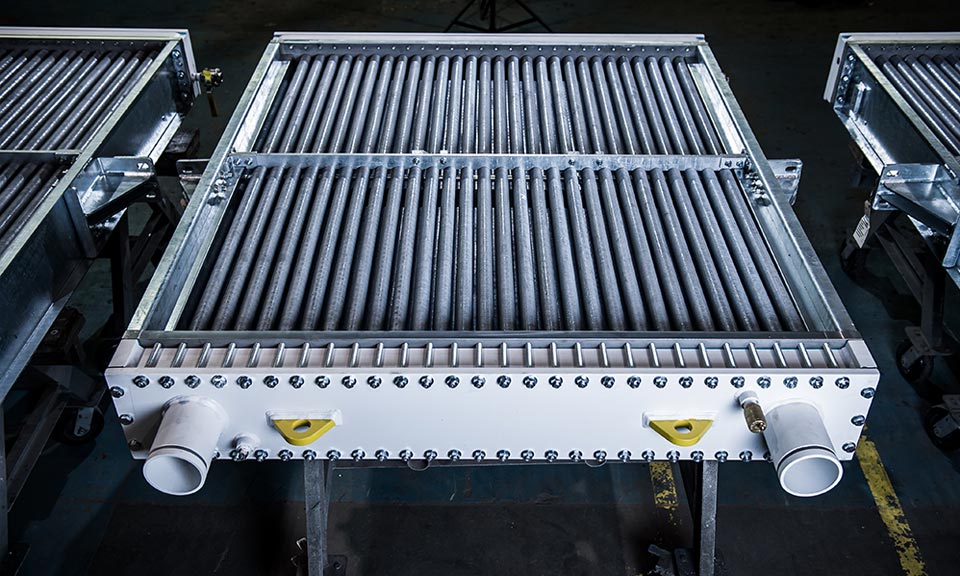- Joined
- Apr 13, 2017
- Messages
- 308 (0.10/day)
| System Name | nVAMDia |
|---|---|
| Processor | Ryzen 7900 at 145Watts PPT. |
| Motherboard | MSI MAG x670 Tomahawk Wifi |
| Cooling | AIO240 for CPU, Wraith Prism's Fan for RAM but suspended above it without touching anything in case. |
| Memory | 32GB dual channel Gskill DDR6000CL30 |
| Video Card(s) | Zotac 5070 gaming solid oc + Msi Ventus 2x Rtx 4070 |
| Storage | Samsung Evo 970 |
| Display(s) | Old 1080p 60FPS Samsung |
| Case | Normal atx |
| Audio Device(s) | Dunno |
| Power Supply | 1200Watts (8x 8-pin) |
| Mouse | wireless & quiet |
| Keyboard | wireless & quiet |
| VR HMD | No |
| Software | Windows 11 |
| Benchmark Scores | The best GPU in the world is the brain. 100! |
- Power is plugged to 2 isolated heat pipes and directly go from psu to graphics card instead of meltable cables and have non-conductive coolant fluid on PSU-end pushed inside of the 2 pipes so they are cooled from inside.
- The pc case is made of heatsink.
- Outer surface of pc has heatspreader fins everywhere
- The hull is made of heatpipes (copper)
- Each one of the 24 heat-pipes end at the PCIE port with a docking port
- 3 heat pipes going right at each face of cube (as pc case), making 24 pipes total. With dedicated spreading per face so whole surface of case is utilized with minimal temperature gradient between them.
- The docking port of heatpipes perfectly match the gpu's heatspreader pipes
- The docking port is surrounded by silent fans pulling air and pushing outwards
- The only air intake of pc case is through a narrow window right in front of docking port (cold air first touches the port)
- Docking port is also strong and carries the card weight
- The VRAM deck is isolated from the heat pipes and dipped into a coolant tank of the pc case. The coolant is made of non-conductive mineral fluid and pass through the pcb without touching heat pipes.
- VRAM/PCB coolant fluid is circulated through 1/10 of surface area of pc case and has 1 dedicated silent fan outside.
- The PC case also has a robot arm to grip RAM modules on motherboard. The grip surface is made of peltier coolers rated at 20W cooling power so RAM are always cool too, with temperature sensors.
The pc case has Aliens theme decorations on inner surface as if each heatpipe looks like an alien hive corridor. The outer hull looks like a space ship of the Predator. Name of this pc case would be AvP.
Last edited:







 ]
]